

The Officers Mess
The Officers Mess is a collection of everything to do with Morris Moss Bright's life
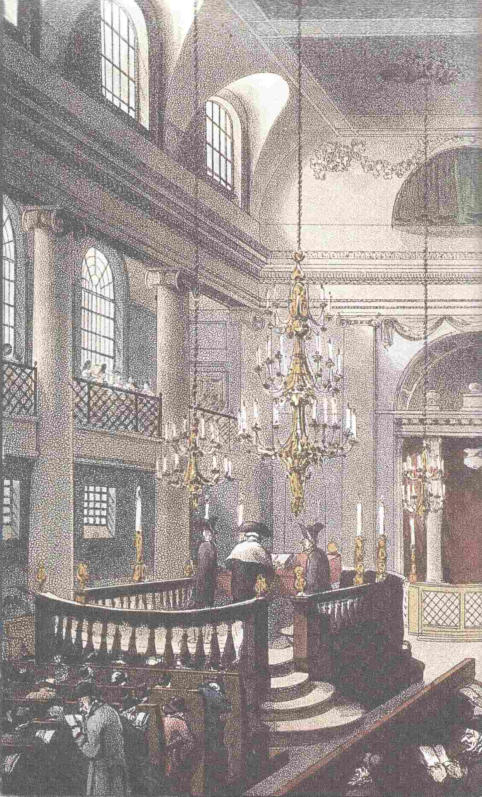
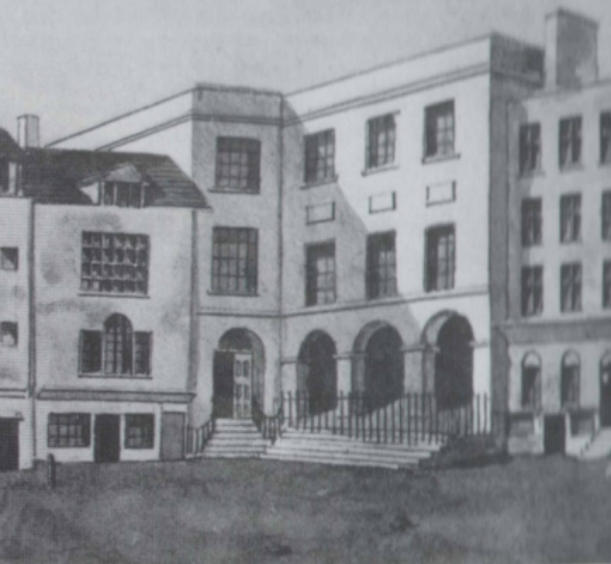
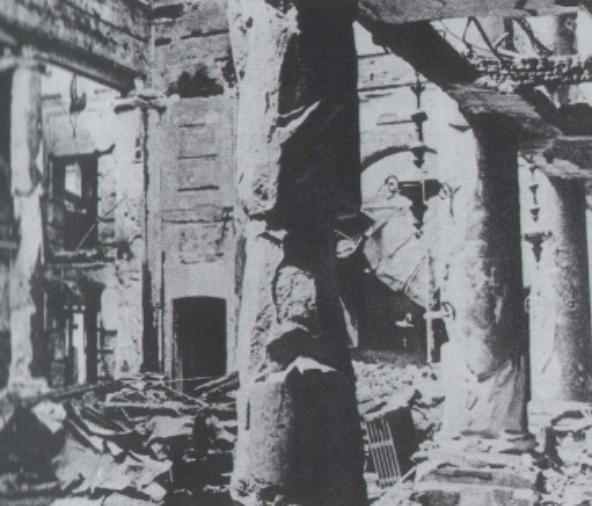
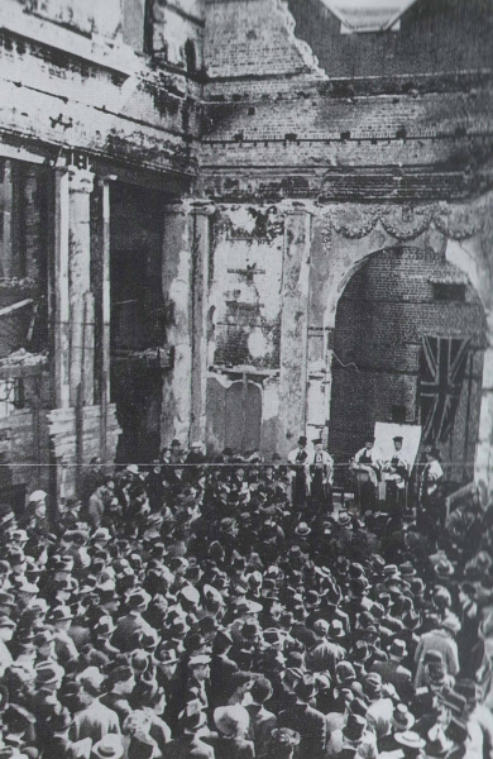
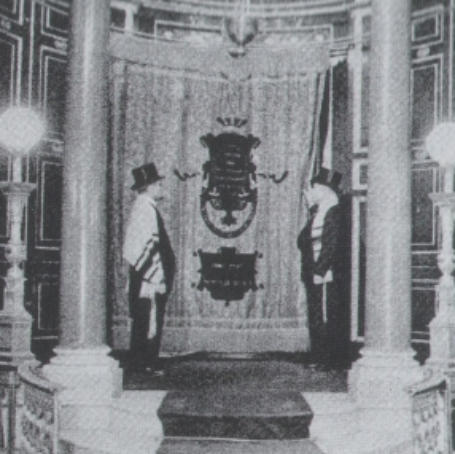
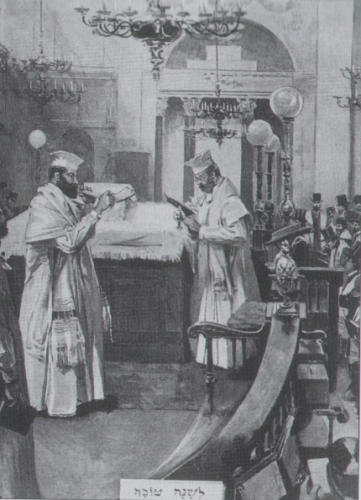

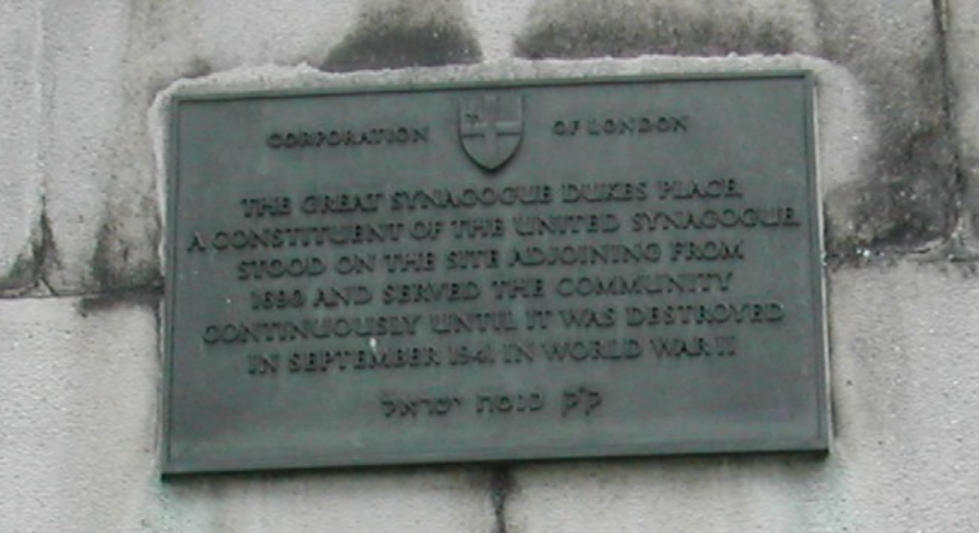
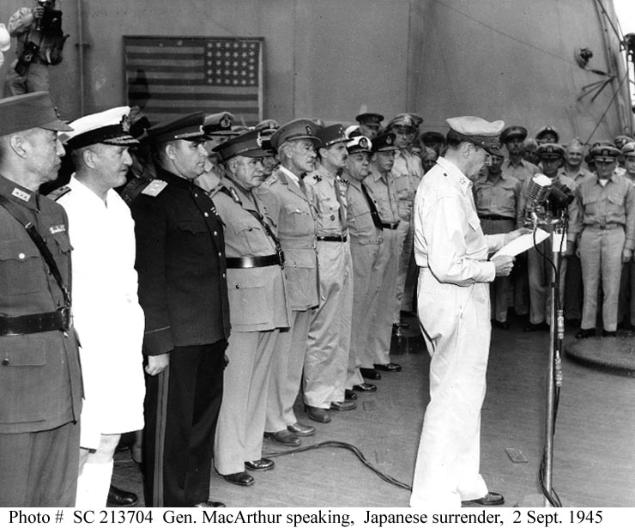
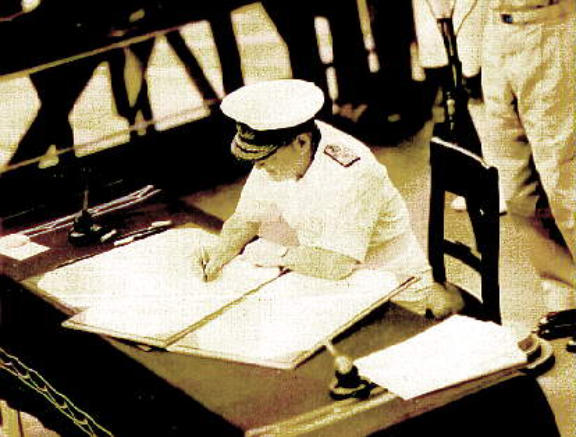
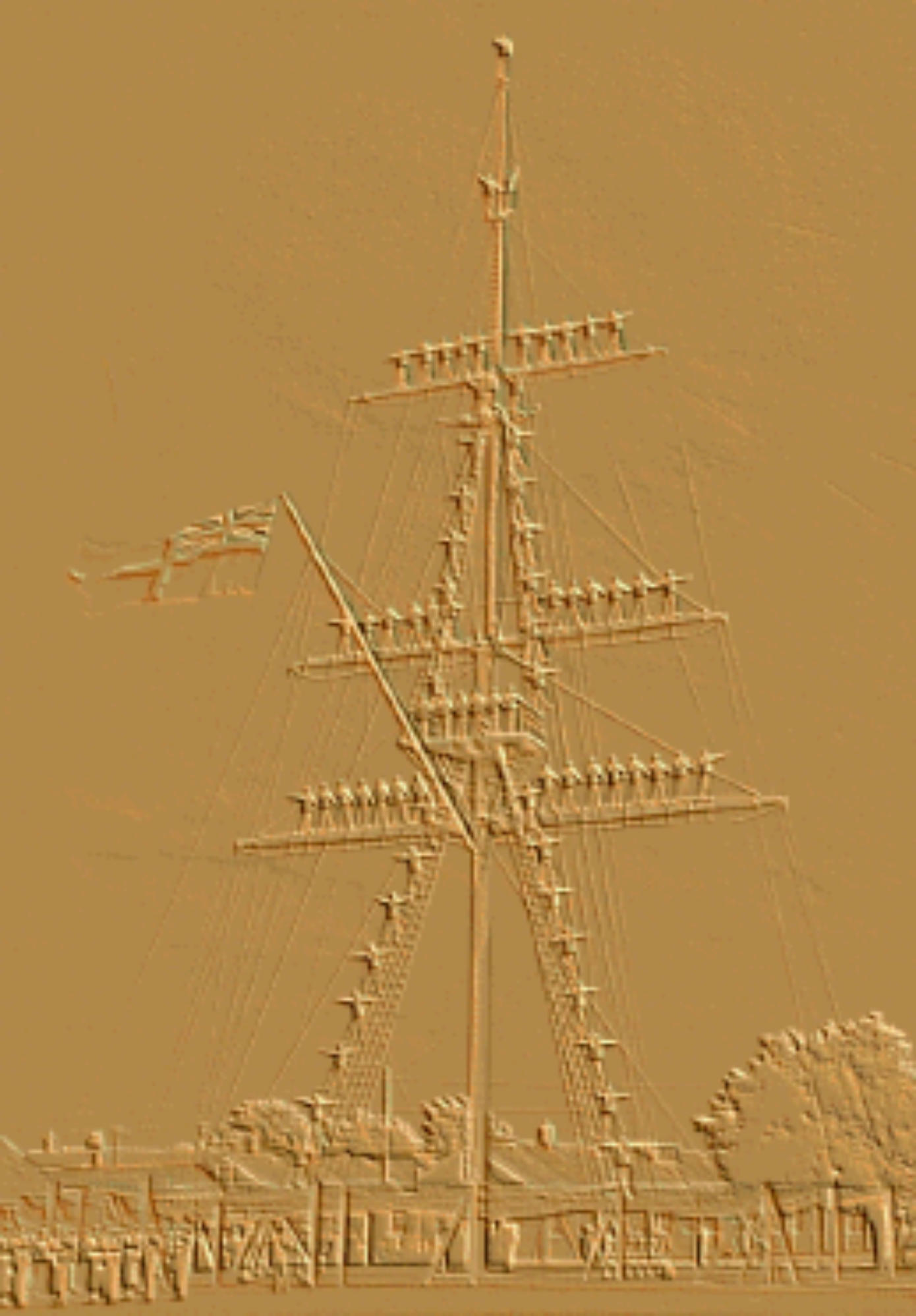

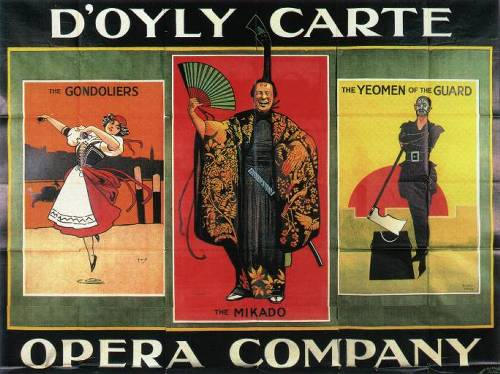


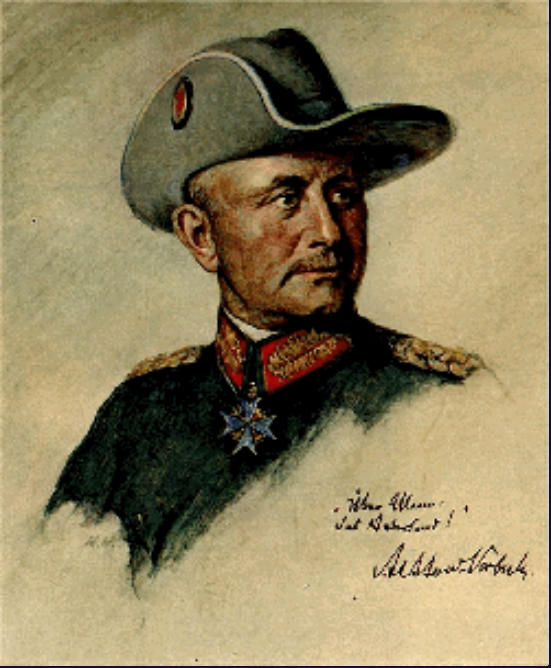
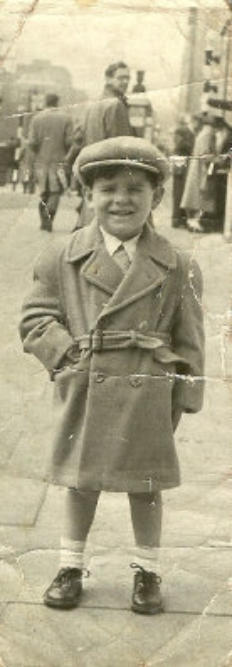
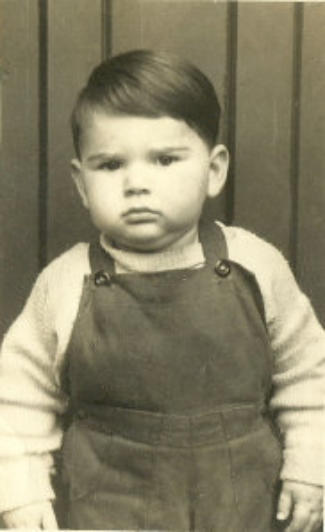
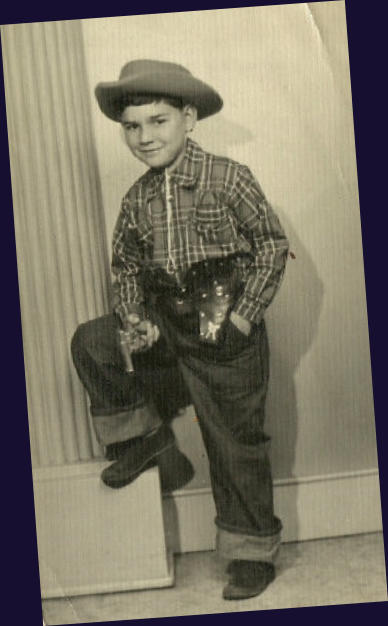


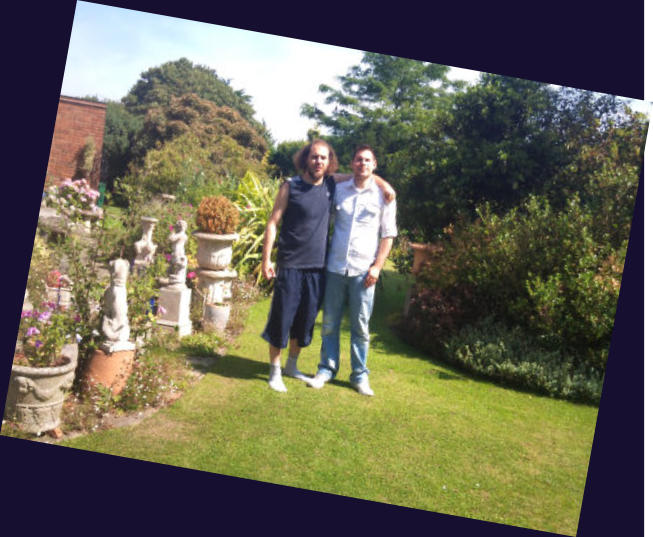
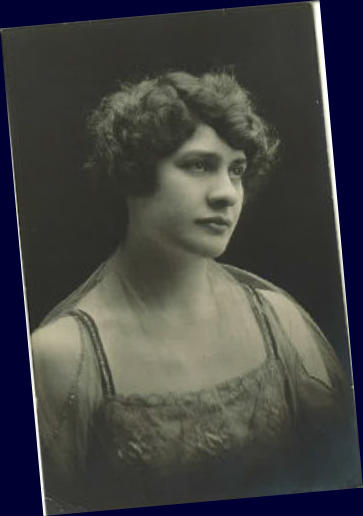
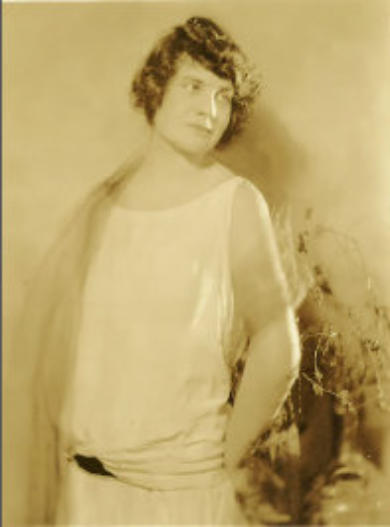

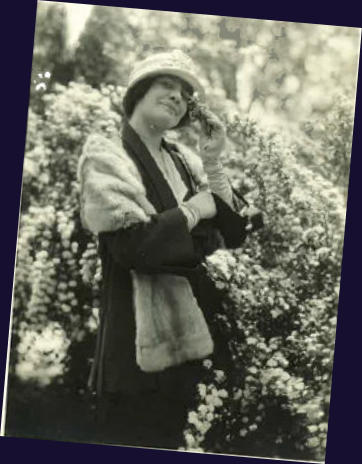


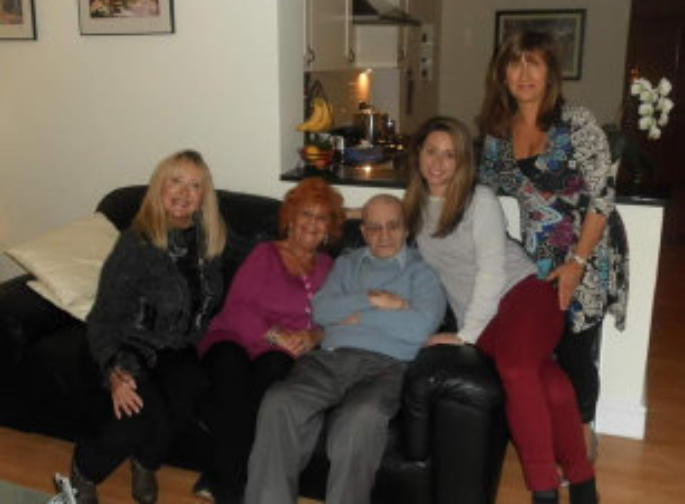
Former plaque on corner of Dukes Place and
St. James's Passage. This marks the site of
the Great Synagogue . Our thanks to David
Shulman for the Plaque photograph
The Bright fish shop . The premier fish was the Bloater
The original Life Site front page from 2000
My cousin Alan Bright became MD of Brights Instruments in later life. Sadly he was taken from us in 2015! He was a wonderful
person that many of us loved and respected very much. Alan was highly supportive of The Life & times life site in many ways .
He liked reading about his father Burly and his grandfather Morris Moss Bright’s history and story. He once told me it quite often
made him misty eyed . It has always been that way with me too.
Back again Outside the Old Royal Naval College at
Greenwich . On one of my many visits



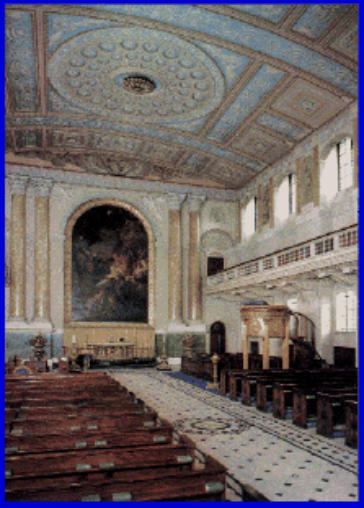
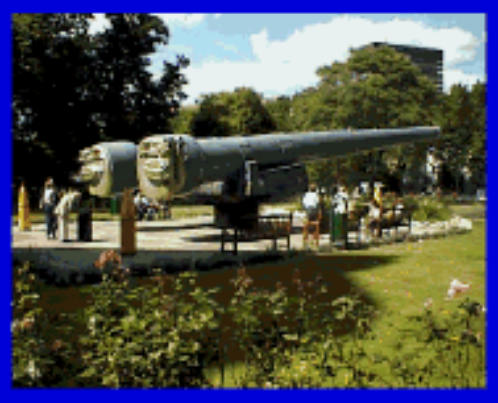

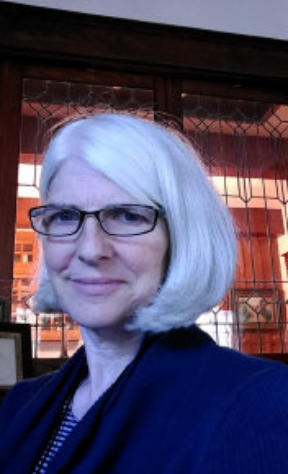
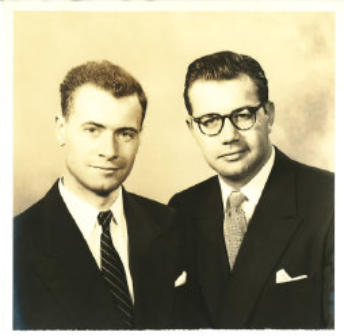

As a young woman Bertha Bright sung with the World famous D'Oyly
Carte Opera company in London.
Bertha Bright Knapp was
Commander Bright’s sister
Daniel & David Bright Knapp . Photo
taken in the 1950's. They are the son’s
of Bertha Bright Knapp
Jan Colman from LA USA . With her mother Ann and her late Uncle Lionel
This photo was taken in 1980 at Greenwich The old Royal Naval collage
grand hall . It was part of my early research into Morris Moss Bright life
My sons Daniel and David Silver who are the great grand sons
of Gertrude & Morris Moss Bright
Alan Derek Bright
The original grand entrance to Imperial War. Photo taken in 2000
Here I am aboard HMS Belfast. I took this
selfie in the 1990's . I had been aboard
Warships at Portsmouth before , but the
HMS Belfast was chance to visit a WW2
battleship
The great Naval 15 guns from HMS Ramillies and HMS Resolution in
front of the Imperial War Museum Lambeth London

I originally had done research back in the 1980’s at Imperial War on HMS Minerva
including the plan of the deck and photo of the ship
Elzabeth Knapp Javis from Indiana, USA has advanced the family tree and has
done an amazing amount of research
Admiral Fraser , 1st Baron , Fraser of North Cape signs on behalf of Great Britain the surrender document of
Japan at the end of WW2. Admiral Fraser served with Morris Moss Bright aboard HMS Minerva in WW1
Captain Fredman Ashe Lincoln QC MA BCL GC STJ KCBs was a friend of Commander Bright

The Chapel at the Old Royal Naval Collage London.
Click this photo to visit the College
Back again to Imperial War 2015.
Click this photo to visit
the Imperial War website
Click this photo to visit The HMS Belfast website
An Officers Naval sword . Unfortunately we do not know what happened to Morris's sword
Mentioned by Jule in the life text . Raffles bar
Singapore. Famous for the drink the gin sling
Akaba around the time of the bombardment by HMS Minerva
The Great Synagogue Dukes Place London
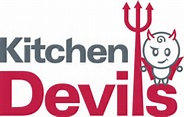
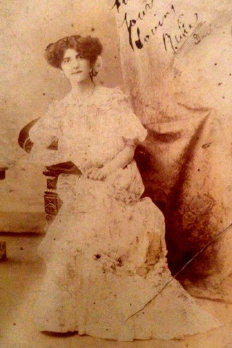
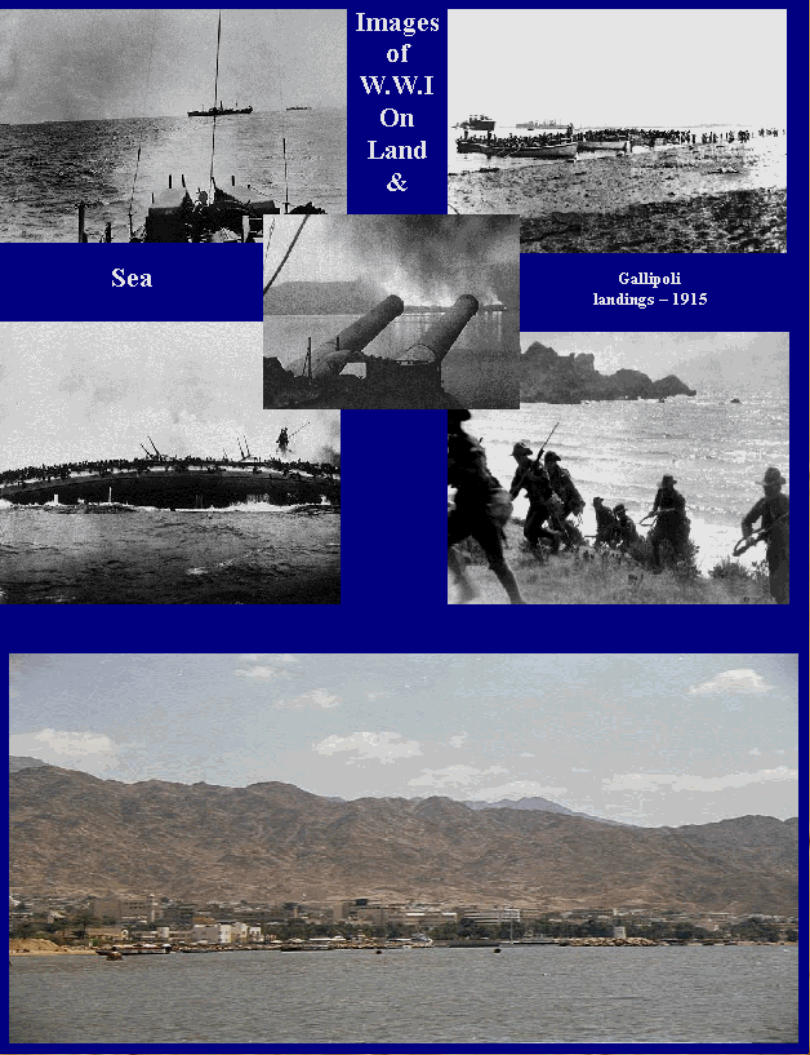

Images from the original life and times lifesite in 2000

The original front page was created from a photo of the HMS Ganges
training mast a Shotley , Suffork . The site was used by the Navy till 1976. In
1928 a boy seamen fell to his death after falling and missing the safety net
Colonel Paul Von Lettow-Vobeck
in Jule's text he is called Von Latto. He was an outstanding soldier and leader . The British forces number one target in Africa during WW1
Kitchen Devils’ is a brand of kitchen knives, which was particularly popular in the 1970s. Its originator was Harold
George Bearston (1916-1990), who was born in London. The Bearstons seem untraceable in the Census before
the First World War. It seems that the family was Jewish. In the Register of England & Wales (1939), Harold was
enumerated as living with his parents – Bernard (1882-1943) and Ray nee Wisberg (1883-1970) – at 252
Westbourne Grove, Kensington. Bernard was an antiques dealer; Ray worked for a dress agency; and Harold was
a motor driver. After the War, Harold began a career in the hardware trade as a demonstrator-salesman of kitchen
gadgets. In 1960, he became interested in knives and devised a range of cutlery made from the hardest cutlery
steel with scalloped edges. He first had these knives made in Germany, after his approaches to English cutlery
firms were rebuffed (Aberdeen Press & Journal, 4 November 1971). In 1965, with sales expanding, he
successfully approached Taylor’s Eye Witness (formerly Needham, Veall & Tyzack). From 1967, this Sheffield
cutler manufactured ‘Kitchen Devils’ as a range of kitchen knives. One selling point was that they were made from
surgical steel and precision-honed. The polypropylene handles were moulded onto the blade by another company
at Huddersfield. The range included paring knives, all-purpose salad knives, steak knives, bread slicers, and
tomato and cheese knives. The range was distributed by Bearston Cutlery Ltd, from an office at Chiswick. Kitchen
Devils Ltd was also registered as a company name.
Kitchen Devils scalloped knives were distinctive and proved highly successful. Bearston made a fortune. In 1984,
he sold out to Wilkinson Sword, which in turn was acquired by Swedish Match. Despite the input of leading
designers, such as Robert Welch, sales began to stagnate. By 1986, Richardson Sheffield had overtaken Kitchen
Devils as the market leader in kitchen knives. Harold G. Bearston, of 45 Harrowdene Road, Wembley, died at
Poole, Dorset, on 15 October 1990, aged 73. He left £207,962. A friend commented that ‘he made money out of
kitchen knives, and gave it away, just as easily as he made it, to peace and justice organizations’ (Bruce Kent,
Undiscovered Ends, 1992). In 1990, Fiskars, the Finnish conglomerate, acquired Kitchen Devils from Swedish
Match, so ensuring the continuance of the brand.
The Life & times life site wishes thanks to Mr Geoffrey Tweedale for this brilliant article
Joan & Harold Bearston
Ray Bearston nee Wisberg .
My grand mother Gertrude Bright’s sister
Article by Martin Hare from Robert Dyas Ltd
A year ago the British Housewares industry lost a champion of its cause and all
of us lost to history a remarkable entrepreneur. This article has been written as
a tribute to the late Harold Bearston, who passed away last October. It has been
written by Martin Hare of Robert Dyas and published in place of our regular
feature, In Person.
Marketing success not only demands ongoing cohesive bond between the mar-
keteer, his product and the consumer. Any sense of imbalance or timing can
destroy the objective. The complete ba- lanced equation can give rise to what
must surely be the premier accolade of marketing the establishment of a house-
hold brand name. It is only in more recent years that "brands" have become the
subject of financial analysis, but only those who have built such brands, experi-
ence their true worth in terms of fulfilment.
The late Harold Bearston was truly a marketing professional and an entrep-
reneurial genius whose skills became acutely refined and honed over the last
two decades of his working life. His legacy is not solely a brand name built on
products of excellence, nor the fact that his products are to be found in the
kitchens of Royals and commoners alike. By example, he has left us with a
chapter of skilful marketing Not drawn from a textbook, but from reality.
The complete story spans Harold Bear- ston's lifetime but his success came in
two decades, the formative years were more colourful and built the experience
on which he was later to draw.
Perhaps selling was already in his blood as his father had been an antiquarian
book dealer. After serving with the Royal Artillery the catalyst, in the late 1940s
was a professional market stall demonstrator. To no-one least of all Harold,
would have suspected that these formative years would mirror a career akin to
the historic structure. Apprenticeship journeyman, to craftsman, to master-
craftsman, not perhaps in manufacturing terms, but certainly in the skills of
salesmanship. Nor at this time would he have envisaged becoming a Freeman of
the City of London and a member of the Worship- ful Company of Cutlers.
At this journeyman stage, knives were no part of the nomadic sales existence.
Such forgotten gadgets as the "Three- Piece" (a melon baller, garnish-er and
peeler with depth gauge) would be a typical product Life on a demonstrator's
commission was hard. Harold and Joan, his wife, shared in both the planning
and demonstrating Agricultural shows were beginning to emerge as post-war
Britain became more prosperous. With different 36 Housewares October 1991
venues Joan booked the prime sites for demonstrations within these shows - the
supreme importance of this will not be lost on retailers. Life was hard and
indeed seasonal. Joan recalls the winter months and speaks of the less
hospitable "Kippers and Custard season.
If witness of hard work is required, demonstrators were typically known as
"grafters." It was survival of the fittest and only the most astute succeeded. Jack
Cohen and allegedly Tommy Cooper were amongst their number
It is perhaps of interest that many grafters had stage connections. When theatre
times were hard the trained skills of hand movement and voice had great
relevance to captivating a market audience.
In all this time Harold's skills prospered. At the agricultural show in Newark in 1961 he had the
opportunity to demonstrate a knife with a stainless steel serrated blade. The interest was
such that it eclipsed such hardy perennials as the "Three-Piece." Meeting demand was now
the problem and the solution only partially lay in direct import of the knife from Germany.
Throughout his life Harold cherished deep-rooted feelings of patriot- ism. He set himself the
objective of selling British-made products. Initially, Sheffield rejected him but his contact with
the agricultural world provided a definitve lead. Demonstrating at agricultural shows had
given him the opportunity to sell lambs foot penknives to farmers. A dis- agreement in
Germany precipitated a meeting with Roger Inman and Bill Fisher of Taylor's Eye Witness. A
bond of friendship and commercial respect was formed and a source of production con-
firmed. It was not that easy, however. The stainless steel was of a grade used for surgical
instruments and had to be imported. Furthermore, new production techniques were
required and developed by Taylor's to handle such a hard material. Eventually "surgical
stainless steel was UK-produced and with it a phrase with a supreme market plus of surety
and quality in the eyes of the consumer.
Anyone who has watched the conclusion of a demonstration will recognise the importance of
the first purchase. It concludes the final act of confidence and sales then follow in quick
succession. Harold's technique was to build that confidence from the start. It was a member
of the public who selected the knife to be used
in the demonstration, not the demonstrator. "Guaranteed the sharpest knife you've ever
handled or your money back."
The time had come to translate some of these sales points from the spoken to the written
word, so that whilst the consumer could still handle the knife, packaging would make for
more prominent display. Harold saw only too clearly that the complexities of packaging were
beyond him. A packaging specialist was briefed and de parted homeward with a sample knife.
No doubt that evening the designer was relaxing with a drink, reflecting on the exactitude
of his clients briefing and wondering what scope there might be for his own creative flair, if
any! Within earshot of the kitchen he heard his wife exclaim: "This is devilish sharp!" Thus was
born the Kitchen Devils brand.
The Devils were modest in range but packaged and ready to sell through retail distribution. It
is perhaps difficult to appreciate the problems of such a transition. Selling to seasoned
buyers in the hardware trade presented no difficulties, it was a sales challenge. The problem
was the evolution from a totally "hands on" situation to supplying and maintaining stock for
retail distribution. Very substantial costs were involved and the close co-operation and
support of Taylor's Eye Witness required in the person of Roger Inman.
As retail distribution progressed, the direct selling was wound down. The Ideal Home
Exhibition was one notable exception but rather than break faith with his retailers, Harold
sought the co-operation of a retailer and the stand flew a "flag of convenience." Since Royalty
always had the stand included on their scheduled visits, perhaps the retail trade can be
forgiving
Harold still maintained contact with his consumers direct, but his approach was more subtle.
He became a master at the art of public relations and expertly courted column inches in the
national women's press. On a more local level he would give talks to gatherings such as the
Women's Institute. He left few stones unturned.
Tragically in 1969 his health failed. After a serious operation and a period of convalescence,
recovery appeared complete. It was, however, a re-emergence of this same illness which
finally took its toll in October 1990.
The narrative must move on. Such was the success and standing of Kitchen Devil
The text above was extracted from a very poorly focused image . Please forgive any errors .
THE DEVIL'S ADVOCATE
WW2
Akaba in modern Jordan
Morris
and
Gertrude
were
married
in
one
of
London's
oldest
Synagogues
in
1918.
When
the
wedding
was
over
they
left
the
building
to
an
arch
of
Naval
swords
as
was
the
Navy
tradition
.
Dukes
place
had
been
a
place
of
worship
since
1690
.
The
Rabbi's
wore
white
as
day
wear
which
was
very
different
most
other
Synagogues.
During
WW2
sadly
like
many
things
Jewish
the
Germans
destroyed
the
building
by
bombing
it!
There
was
one
last
service
as
you
can
see
from
the
photograph
.
Today
there
is
a
plaque
were
the
Synagogue
stood.
We
remember how beautiful Dukes place was and the important part it played in my grandparents life
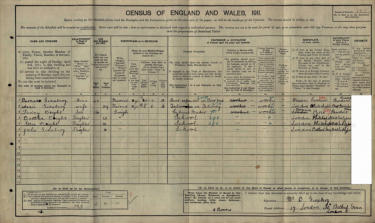
1911 Census (click to enlarge)s

1940 census Bertha had settled in
Grosse Pointe Michigan USA (click to enlarge)
Harold Bearston the creator of Kitchen Devils

Click for the Bearston family Tree
Press play for music
